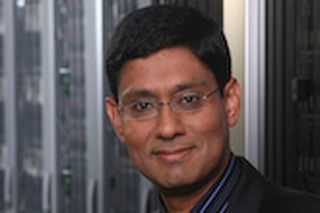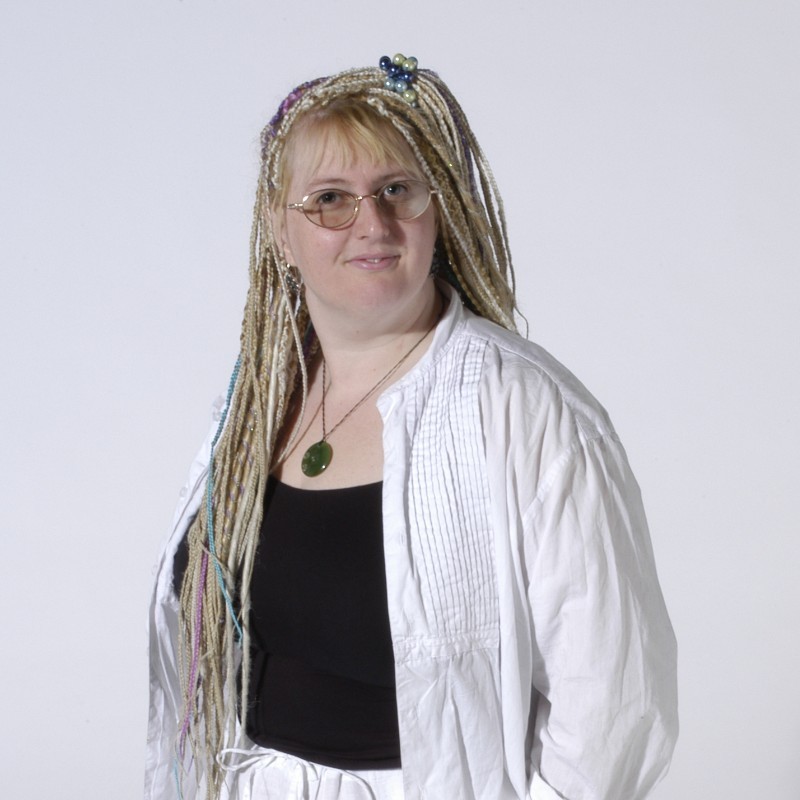Q&A: HP Labs’ Prith Banerjee
The director of HP Labs is looking to sharpen the focus of his researchers in the hopes of creating products, not just papers.

He comes from academia most recently as the dean of engineering at the University of Illinois at Chicago - but Prith Banerjee, senior vice president and director of HP Labs, also founded two companies, including AccelChip which he sold to Xilinx. So he knows the corporate side of R&D, too.
Since taking over HP Labs earlier this year he has refocused the researchers on a smaller number of projects in five main areas. We asked him why those areas are so key, what this means for basic technology research and what products he's looking forward to.
What have you changed at HP Labs and why?
HP Labs is one of the last remaining corporate research labs in the world and our new plan allows us to maintain HP's technology leadership well into the future. The plan in essence sharpens the focus onto the grand challenges and opportunities we believe our customers will face in the next decade.
In the past, HP Labs, which consists of some 600 really brilliant minds, top researchers, PhDs in various fields... they were distributing their efforts on large number of smaller projects and I felt that you have to channel the energy. Essentially, each project was not being resourced well. With two to three people per project, no matter how successful they were, you would never see a real product or service that would be game-changing to a company the size of HP. It just resulted in interesting papers, interesting prototypes but not ever a product.
I told my team we need to focus our energies into a smaller number of big bets and create an environment where truly innovative ideas from any researcher in the labs will be listened to.
And who decides which are the big bets' to work on?
Get the ITPro. daily newsletter
Receive our latest news, industry updates, featured resources and more. Sign up today to receive our FREE report on AI cyber crime & security - newly updated for 2024.
There is no way I would have the knowledge of every detailed aspect in all the processes at HP. So I created a really formal structure where these innovative, big bet ideas could come in. They have to clearly articulate Here is how I am going to advance the state of the art'.
And that proposal has to say if it is successful, who cares? Not exact numbers, but generally gauging the size of the market. That forces these researchers to rethink things; they never did this kind of soul searching before.
The ideas come to a board that's one-third lab directors, we're organised into 23 labs so there are 23 directors; then there are 23 technologies drawn from all across HP and 23 business unit people from across the various businesses HP that has.
Why is that the right mix?
I come from the world of academia and I used to be submitting research proposals to the National Science Foundation or DARPA but those research proposals are only looking at advancing the state of the art. They didn't cover the commercial aspects.
Then I worked in a couple of startups; as a startup founder I had to pitch business plans. They weren't anything to do with advancing the state of the art; it's here is an idea, here's how to monetise it. You talk about the size of the market, the business plan, the operational plan.
Essentially I wanted to combine the two aspects: the review panel from DARPA and the idea of the managing partners in a VC [venture capital] firm.
So is HP Labs more focused on short-term product research now?
Actually, the boards were given some guidelines; I said I want you to pick projects that have a balance of basic and exploratory research, some applied research and some advanced product development'. That's shorter-term research that's tied to existing product. With applied research we have an application in mind but it's not directly tied to an existing product so it's a slightly longer timeline, two to four years.
Mary is a freelance business technology journalist who has written for the likes of ITPro, CIO, ZDNet, TechRepublic, The New Stack, The Register, and many other online titles, as well as national publications like the Guardian and Financial Times. She has also held editor positions at AOL’s online technology channel, PC Plus, IT Expert, and Program Now. In her career spanning more than three decades, the Oxford University-educated journalist has seen and covered the development of the technology industry through many of its most significant stages.
Mary has experience in almost all areas of technology but specialises in all things Microsoft and has written two books on Windows 8. She also has extensive expertise in consumer hardware and cloud services - mobile phones to mainframes. Aside from reporting on the latest technology news and trends, and developing whitepapers for a range of industry clients, Mary also writes short technology mysteries and publishes them through Amazon.





